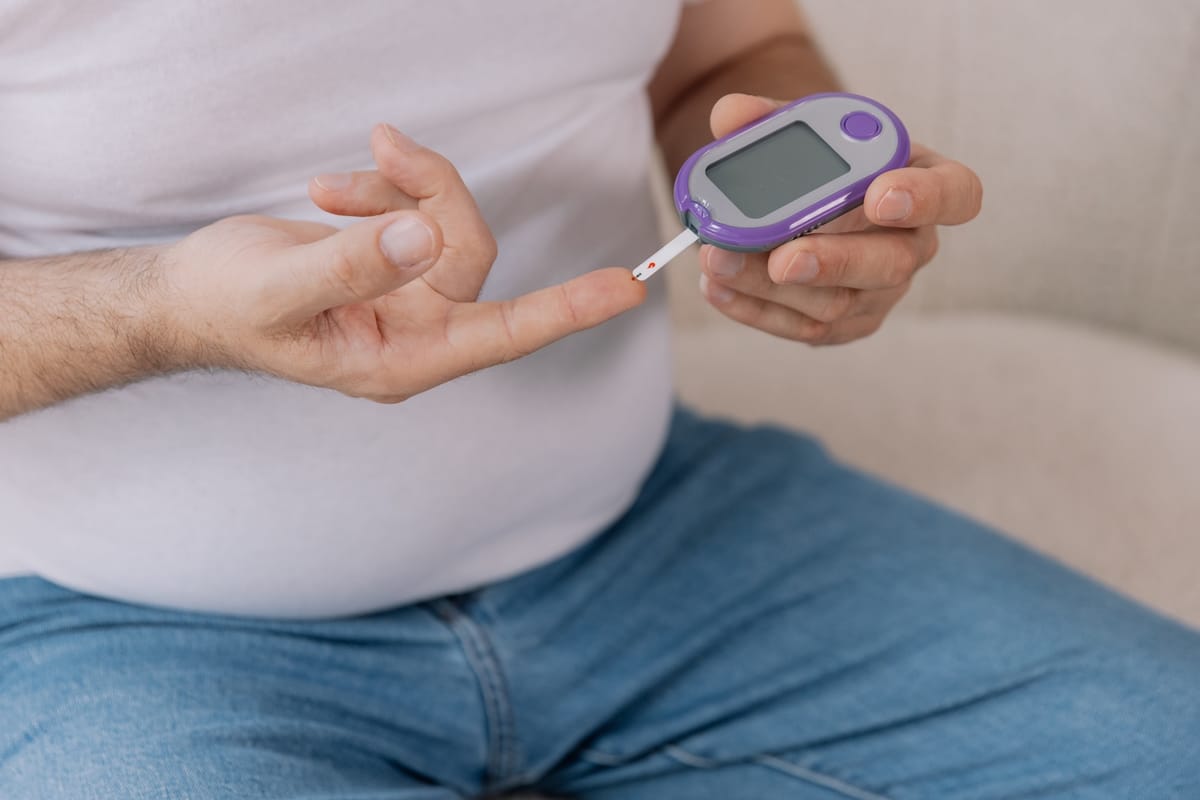

Introduction
Managing type 2 diabetes requires a comprehensive approach that includes dietary changes. A well-planned diet can significantly impact blood sugar levels and overall health. This article will guide you through the essential foods to include and avoid, as well as provide tips for maintaining a healthy diet.
Key Components of a Healthy Diet
A healthy diet for managing type 2 diabetes should be balanced and include a variety of foods from all food groups. Focus on increasing the intake of vegetables, beans, legumes, fruits, and whole grains. These foods are rich in vitamins, minerals, and fiber, which help in managing blood sugar levels and promoting overall health.
Vegetables are a cornerstone of a healthy diet. They are high in fiber and complex carbohydrates, which help in feeling full and reducing the likelihood of overeating. Include a variety of vegetables in your diet, such as leafy greens, broccoli, and bell peppers.
Beans and legumes are another crucial group. They have a high fiber content, which means fewer carbohydrates are absorbed by the digestive tract. Examples include black beans, lentils, white beans, garbanzo beans, kidney beans, and pinto beans. These can be used in place of meat or cheese and can be cooked using pressure or slow-cooking methods to improve digestibility.
Fruits, despite their natural sugar content, are beneficial due to their low glycemic load. Opt for fruits like berries, citrus fruits, and apples. The sugar in whole fruits does not count toward free sugars, making them a healthy choice.
Whole grains are preferable over refined carbohydrates. They have a lower glycemic index and can help manage blood glucose levels. Choose whole grains like brown rice, quinoa, whole wheat bread, and whole grain pasta instead of white bread and white pasta.
Foods to Limit or Avoid
While there are no foods that are completely off-limits for people with type 2 diabetes, certain foods should be limited or avoided. These include simple carbohydrates, saturated and trans fats, and foods high in sugar and salt.
Avoid packaged and fast foods like baked goods, sweets, chips, and desserts. Limit intake of white bread, white pasta, white rice, fried foods, sugary cereals, sugary drinks, processed meats, and red meat. These foods can cause significant blood sugar fluctuations and are generally less healthy.
Importance of Hydration
Staying hydrated is crucial for everyone, including individuals with type 2 diabetes. Water is the best beverage choice. Other options like unsweetened tea, coffee, and plant-based milks are also good. However, beverages such as milk and juice should be consumed in moderation due to their high carbohydrate content.
Physical Activity and Weight Management
In addition to dietary changes, physical activity plays a vital role in managing type 2 diabetes. Aim for at least 2.5 hours of moderate-intensity aerobic activity per week. This can include fast walking, climbing stairs, or more strenuous housework and gardening. Physical exercise helps lower blood sugar levels and improves overall health.
Weight management is also important. If you are overweight, losing weight can make it easier for your body to lower blood sugar levels and improve blood pressure and cholesterol levels. A low-calorie diet, under medical supervision, can lead to significant weight loss and even remission of type 2 diabetes in some cases.
Regular Health Check-Ups
Regular health check-ups are essential for managing type 2 diabetes. Annual check-ups should include monitoring blood pressure and cholesterol levels. Additionally, consulting with a dietitian can help in making sustainable dietary changes.
If you find it challenging to change your diet, seek support from healthcare professionals such as your GP or diabetes nurse. They can provide guidance and resources to help you manage your condition effectively.
AARR Summary
Managing type 2 diabetes through diet changes is a multifaceted approach that involves choosing the right foods, limiting unhealthy options, staying hydrated, and maintaining physical activity. By following these guidelines and consulting with healthcare professionals, you can effectively manage your blood sugar levels and improve your overall health to minimize or eliminate type 2 diabetes.
Dues are $12 per year. Member benefits:
✅ Ad-Free Website Viewing
✅ Advocacy for Republican Seniors
✅ 120+ Senior Discounts
✅ Member Only Newsletters